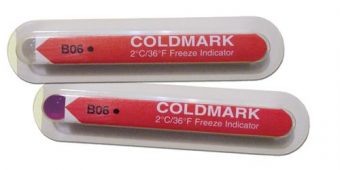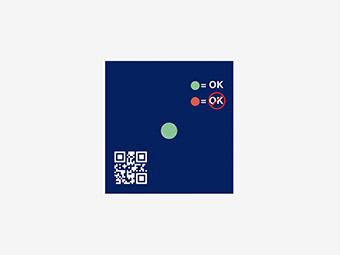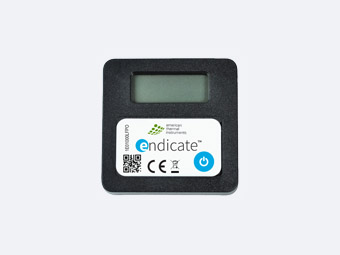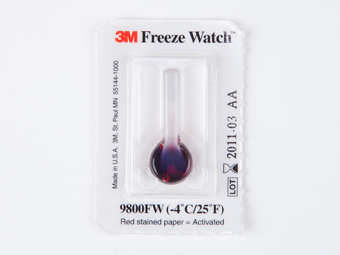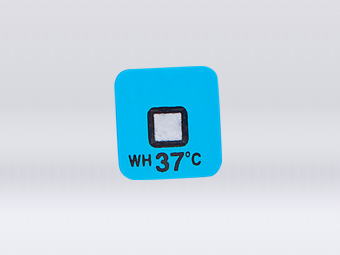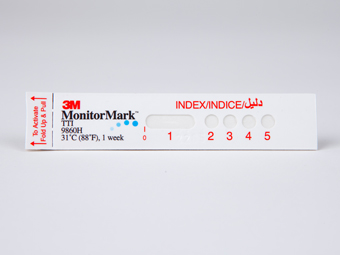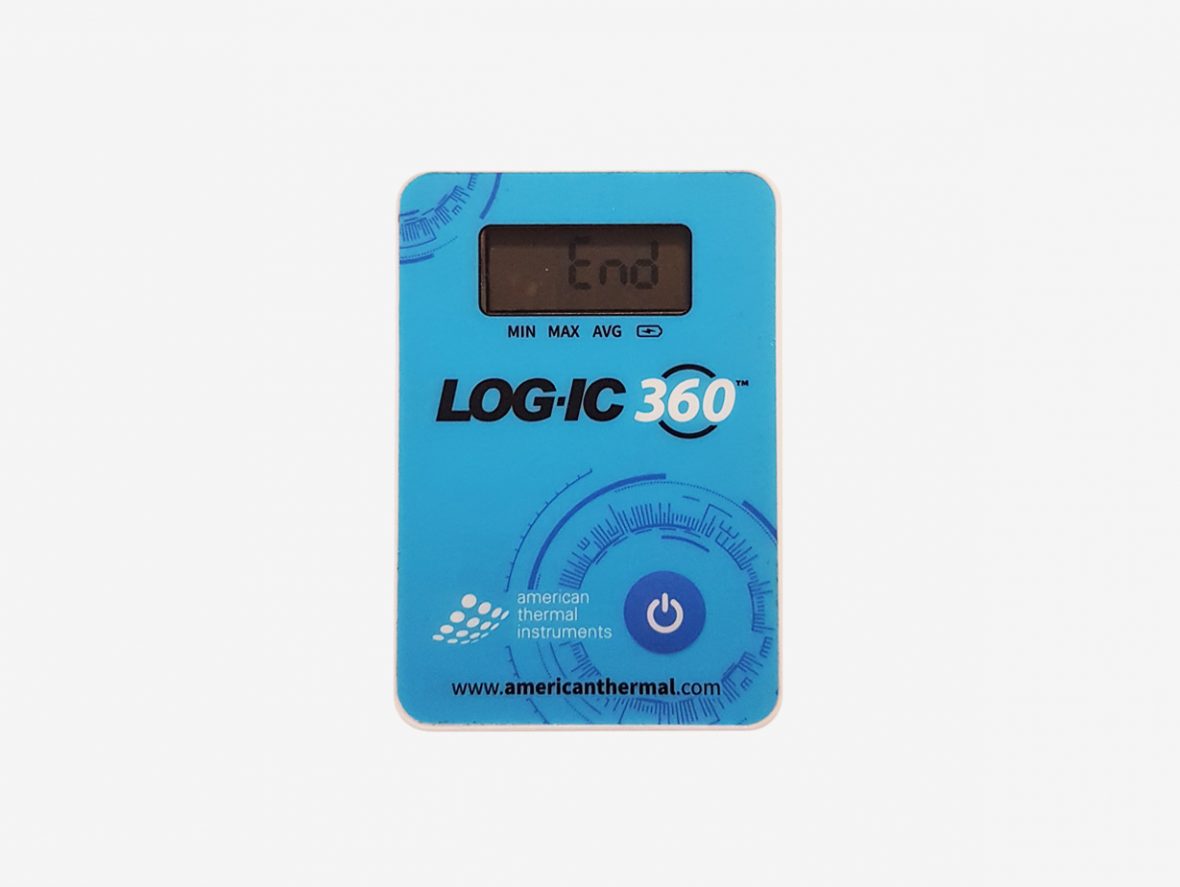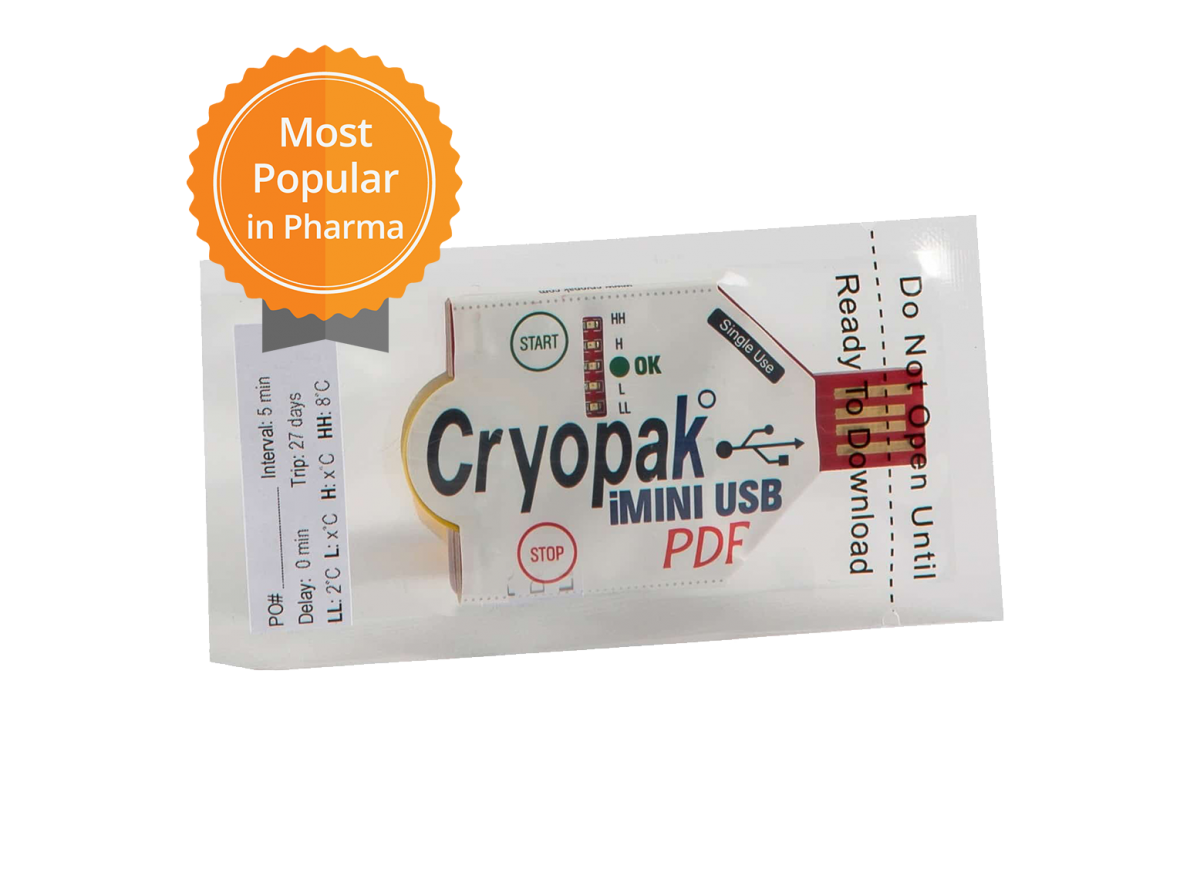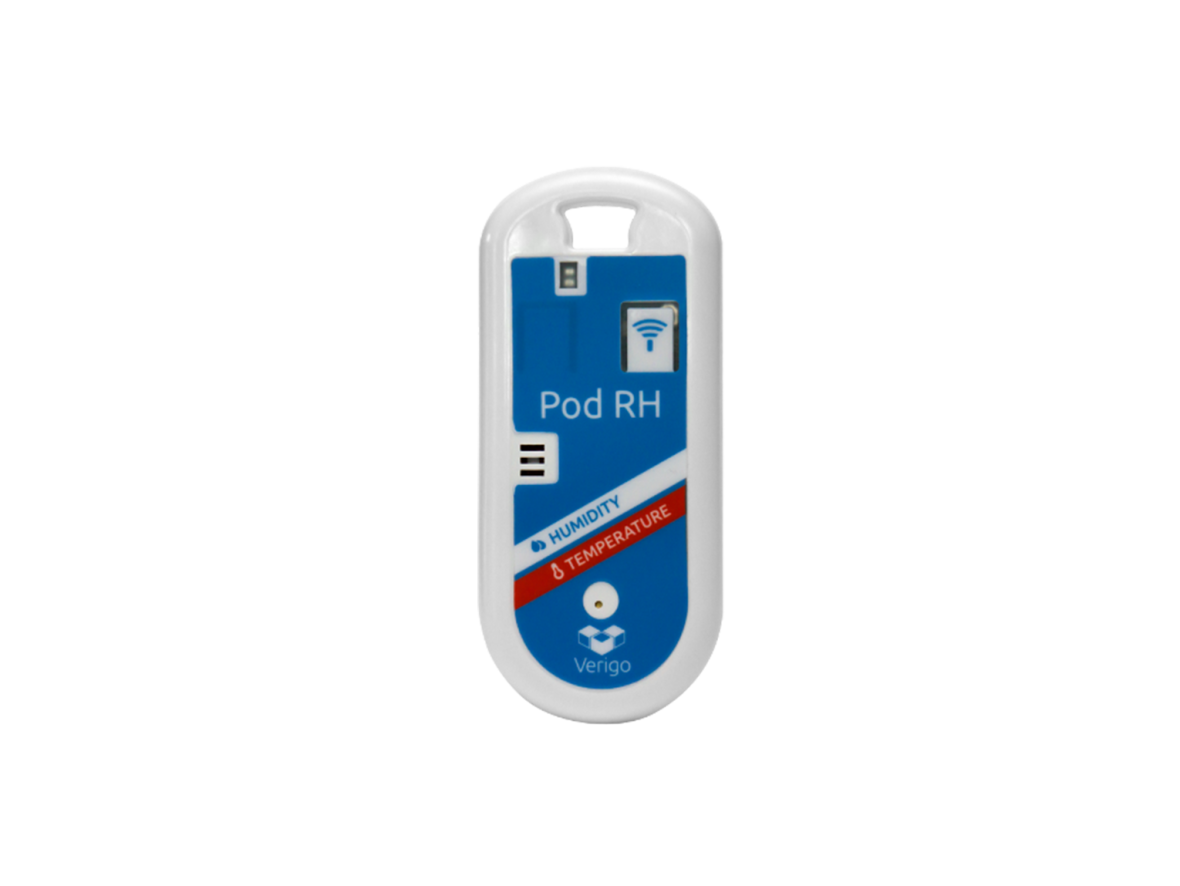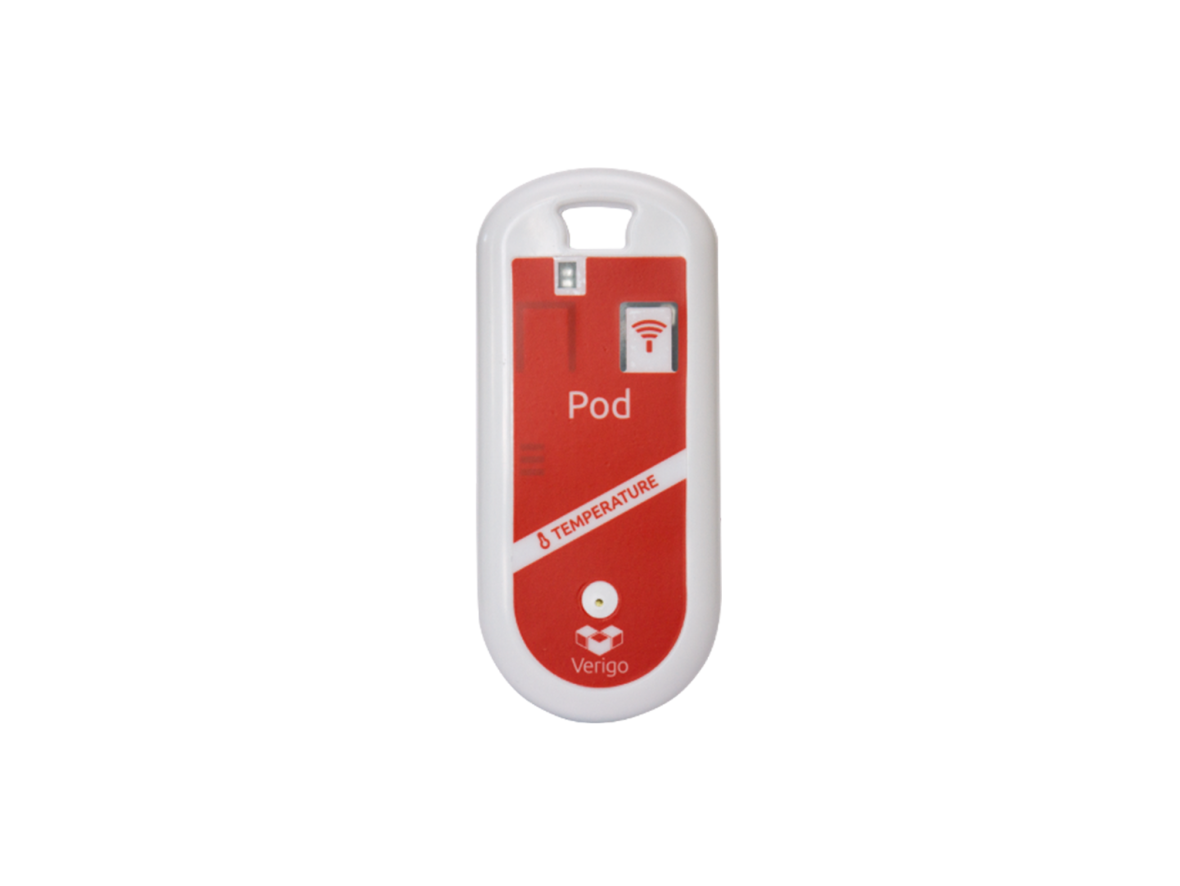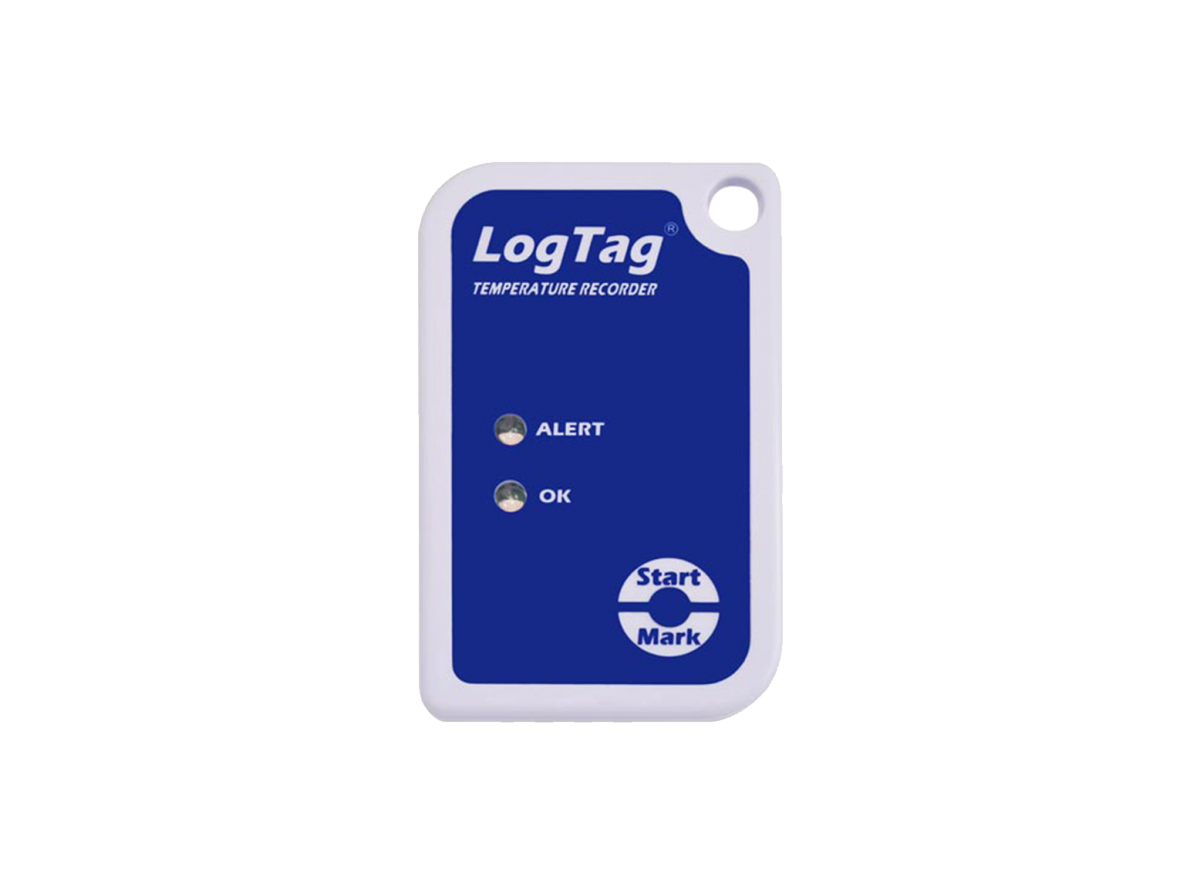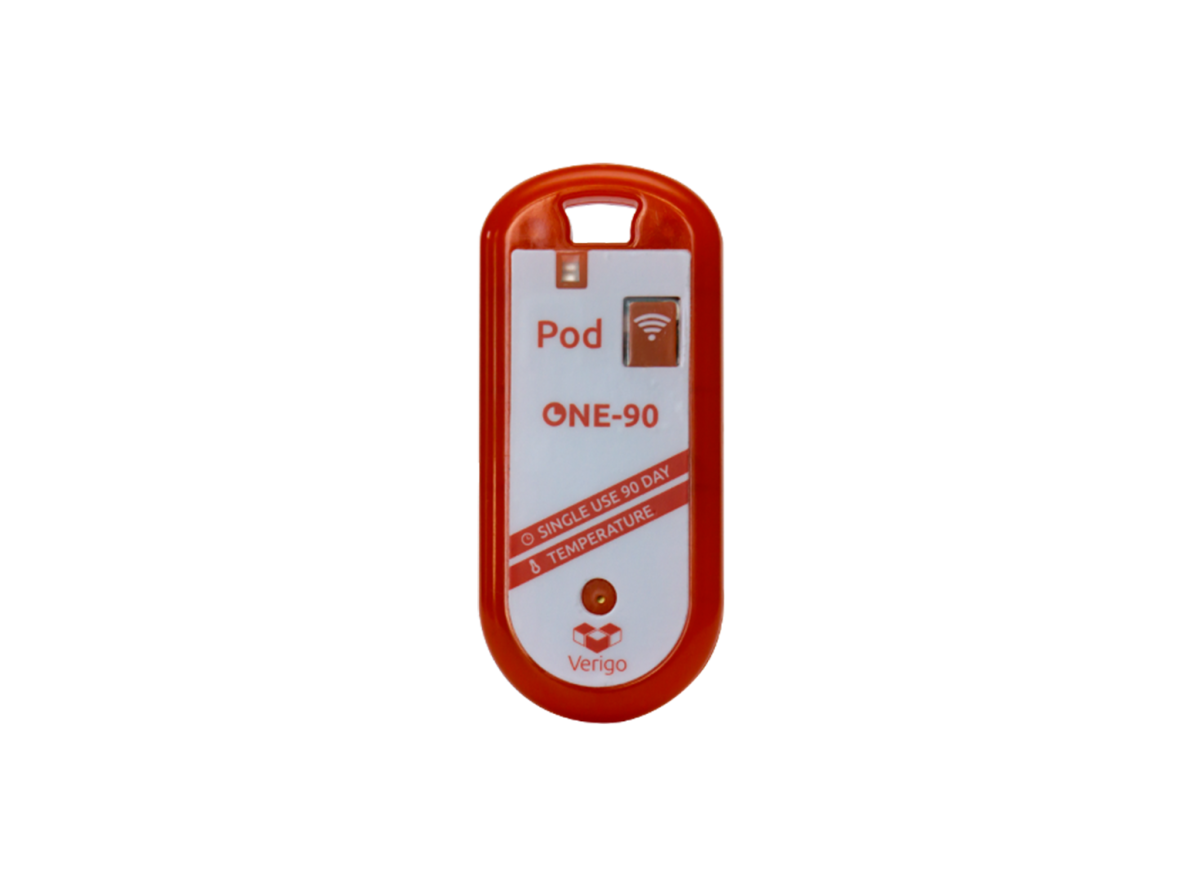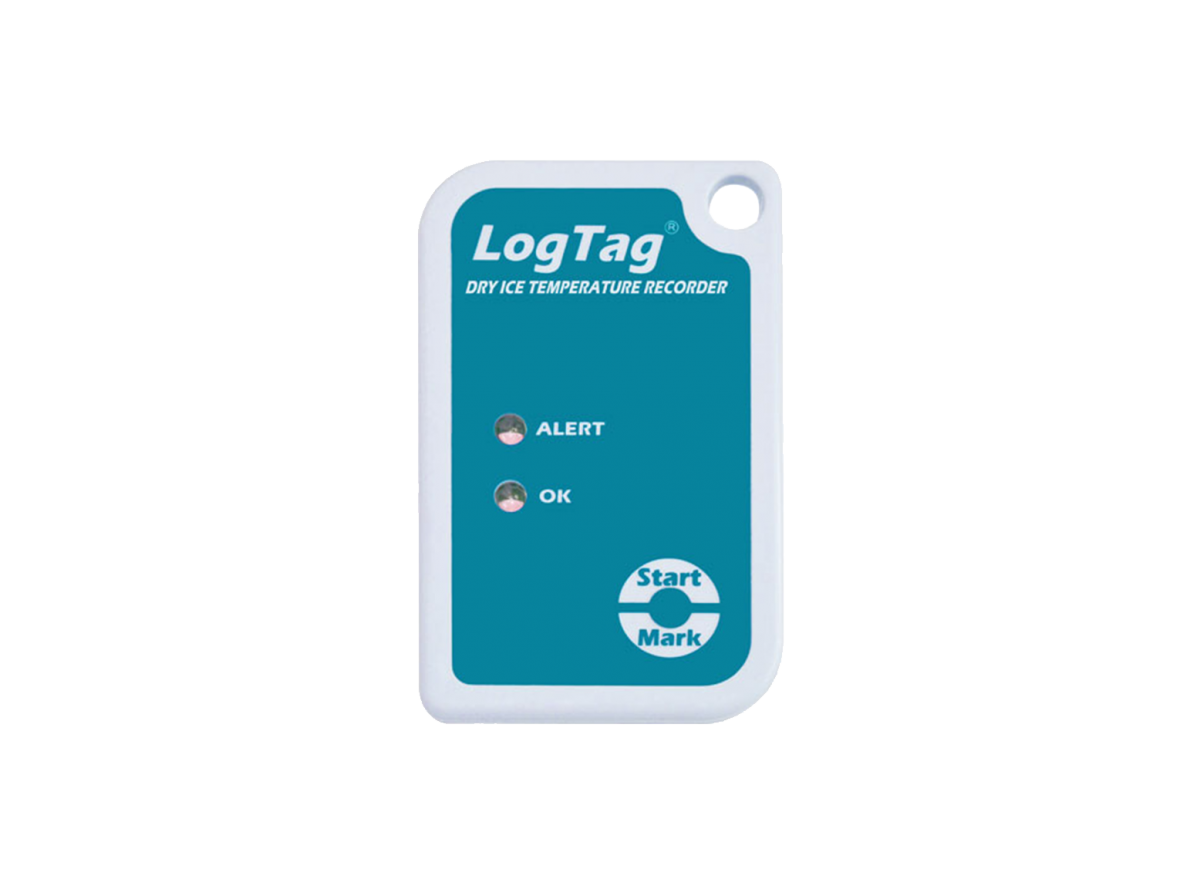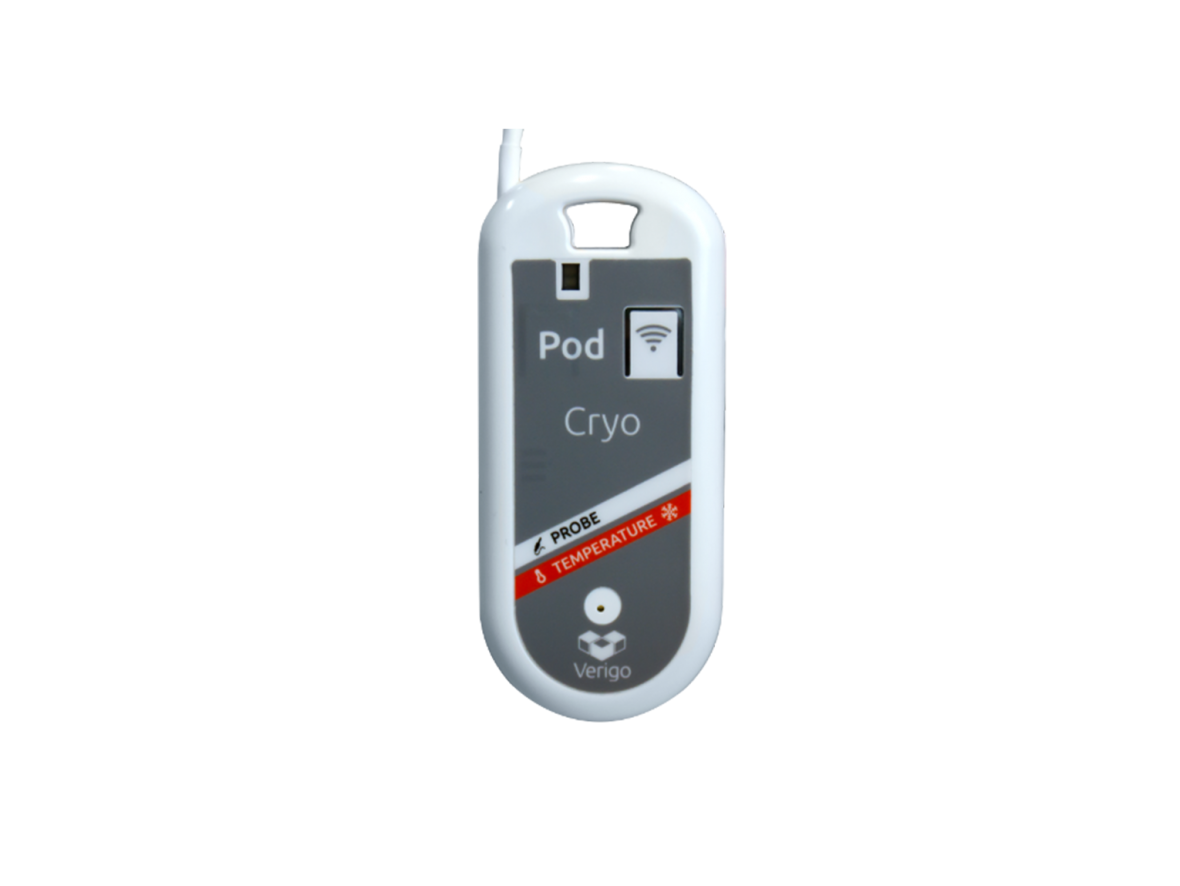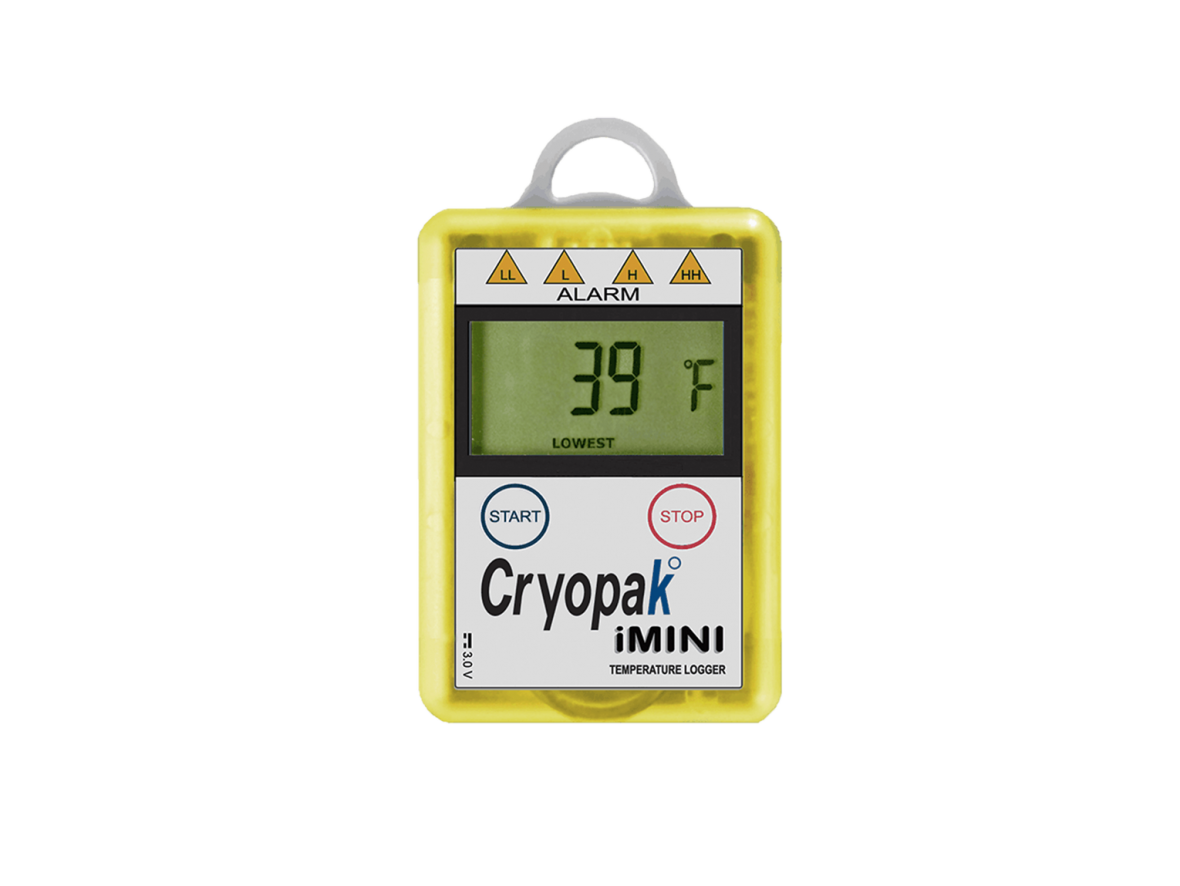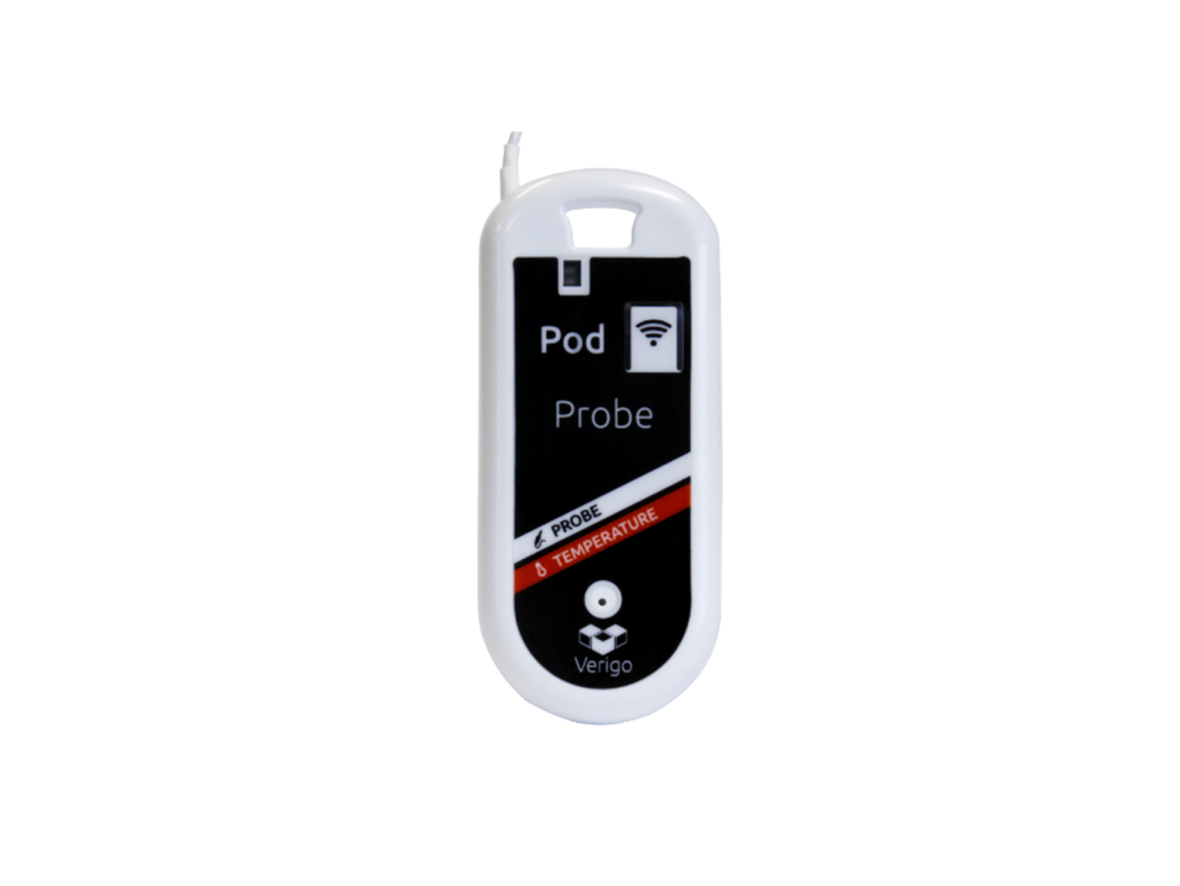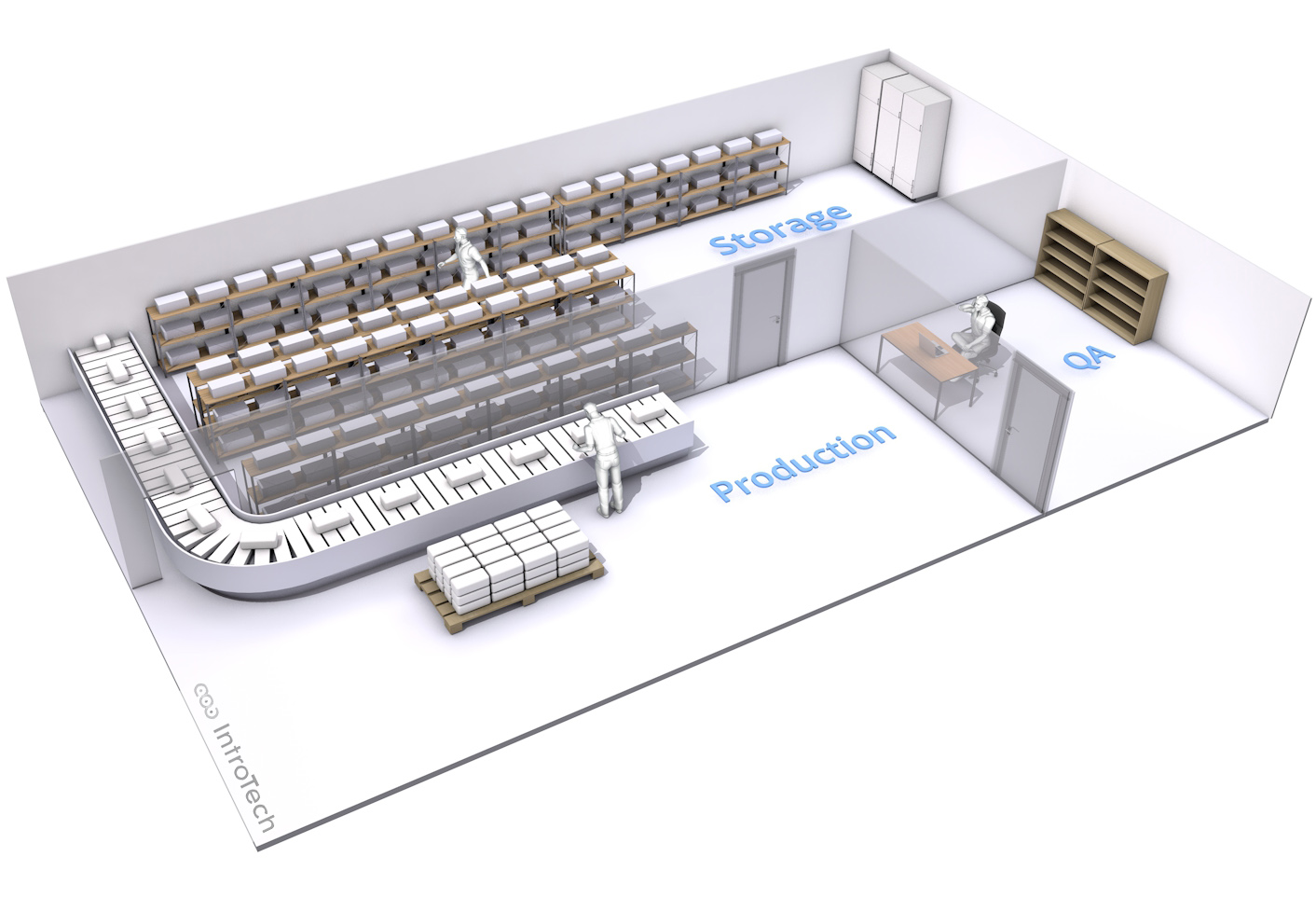Why is cold chain monitoring important?
The term “cold chain” refers to the kind of products in the supply chain, which are sensitive to temperature.
A good grip on the cold chain is important in the chemical industry, because of:
- Government regulations
- Chemicals with a uniquely defined temperature range for use
Safeguarding temperatures of the chemical components during handling, transport or storage, closes risks such as damage and loss of quality. But how do you identify temperature-sensitive chemicals which are exposed to critical values?
IntroTech offers easy-to-use solutions that indicate exposure to different temperatures.
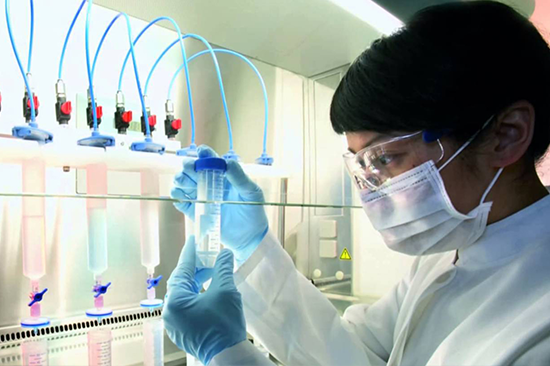
Monitor conditions with indicators
If a chemicals are sensitive to exposure outside a certain temperature range,
the cold chain should be monitored to ensure the chemicals remain useable.
IntroTech offers a range of indicators which make monitoring the chemical cold chain easy.
Simply attach the label to the shipment. If a temperature excursion occurs the indicator will change colour.
Record environmental data with dataloggers
In the chemical industry a record of the temperature values of a chemical is often mandatory. This data can be recorded with a datalogger. We offer dataloggers which collect and store data automatically.
USB PDF loggers generate output in PDF which can be accessed via USB, simply plug-and-play.
Verigo dataloggers use bluetooth to connect with a mobile device. Once connected, conditions can be monitored in real time. The data is sent to a cloud-platform from where data analysis can be performed.
Central Monitoring Systems for facilities
A Central Monitoring System enables you to proof your regulatory compliance. GxP regulations prescribe that critical control point should be monitored 24/7.
Sensors are placed at critical control points which can record different kinds of data, such as temperature, humidity, numbers of particles (PPM), Co2 and pressure (Pa). Once the recorded data is transferred to the receiving base station, it is saved in the database and send to a cloud-platform. The gathered data is accessible via a secure web portal. If one of the critical control points exceeds their set limit, an alarm is send to one or multiple employees.



